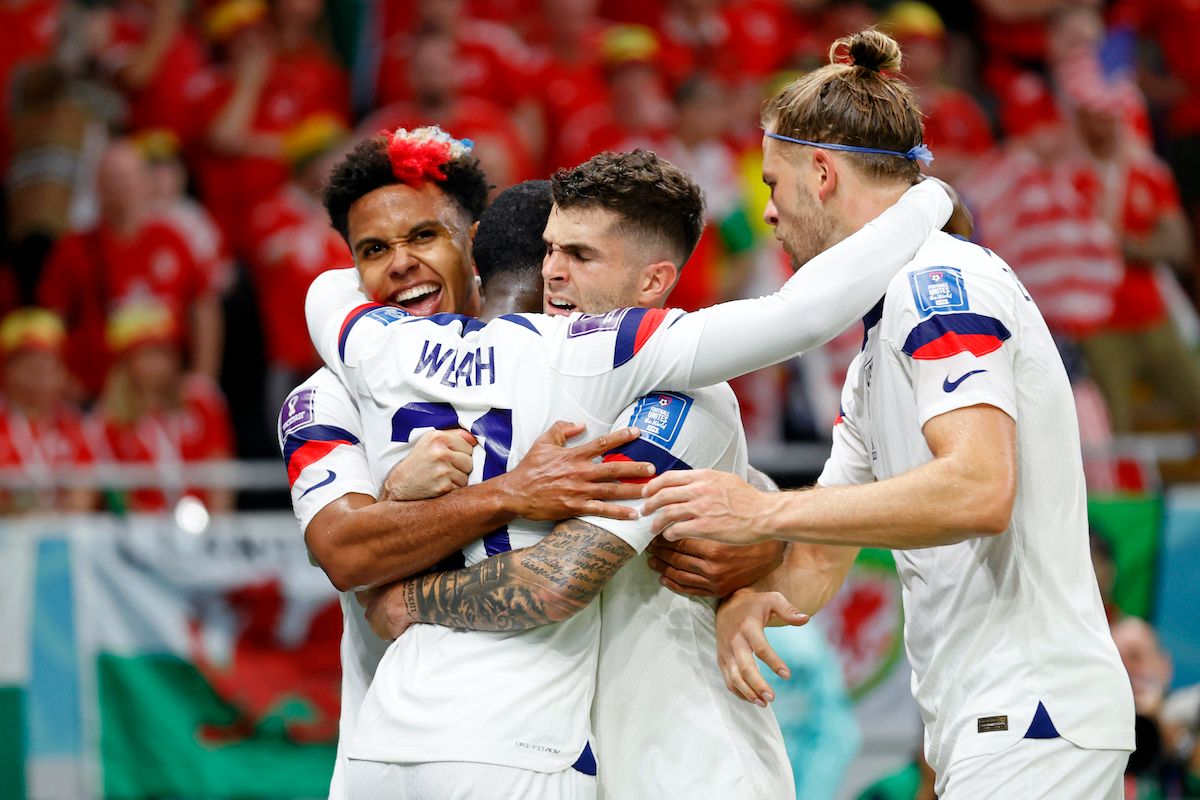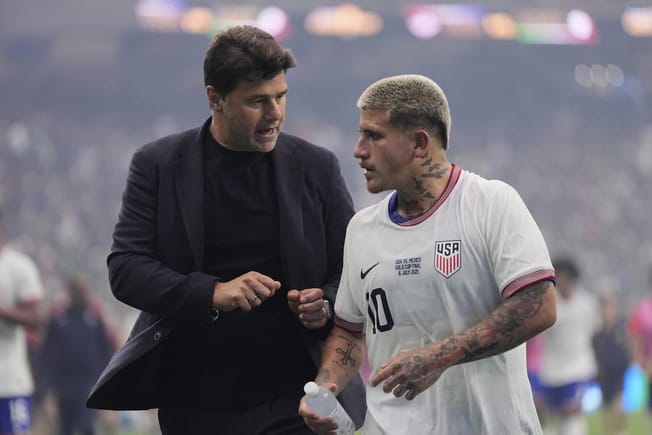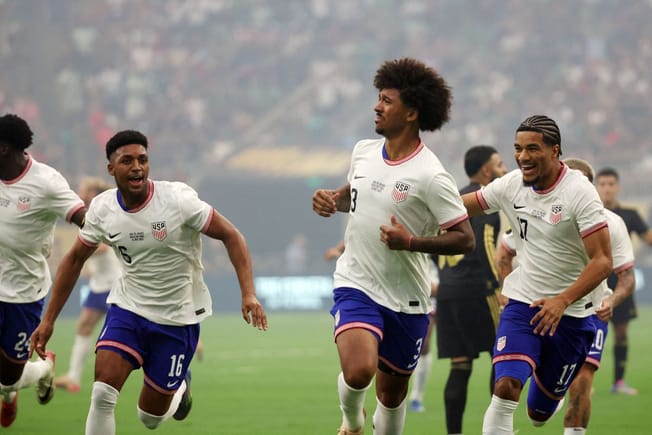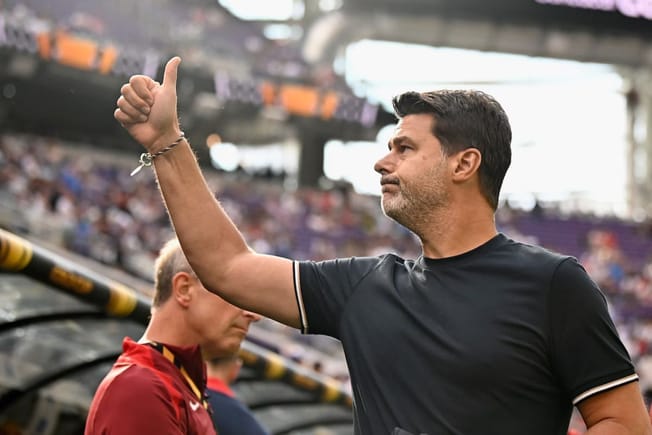Quick Hits
- In the aftermath of the United States’ 1-1 draw with Wales, we’re zooming in on one key moment from Monday’s World Cup game
- Though the United States dominated the first half of their tournament opener, a shaky second half forced them to settle for a draw
After a relatively dominant first half that culminated in a go-ahead Timothy Weah goal in the 36th minute, the United States lost momentum in a stop-start second half on the way to a disappointing draw against Wales. Let’s zoom in on that goal, shall we?
Today, we’re talking about what went right for the U.S. as they took the lead and what went wrong as Gregg Berhalter’s team faltered later in the match.
TIM WEAH’S BIG GOAL
Throughout the first 45 minutes, the USMNT possessed the ball confidently from the back in a 4-3-3 shape.
Tyler Adams played deeper at the base of the midfield three, often covering the left side to allow Antonee Robinson, the left back, to advance into the offensive half. That pattern stretched out Wales in their defensive 5-3-2 shape, often forcing the backline to rotate markedly toward the sideline to deal with Robinson’s movement. In the build up to Weah’s goal, the U.S.’s positioning out wide was key.
Wales’ right wingback Connor Roberts moved higher up the field to deny a passing outlet to Robinson. This opened space for Christian Pulisic to drop in and receive a pass. Pulisic’s run drew the rightmost Welsh center back forward, leaving few defenders between the onrushing Americans and the net.

From there, touches from Pulisic and Yunus Musah advanced the ball toward Josh Sargent. Sargent, the starting striker, dropped into the midfield, taking yet another Welsh defender with him. Wisely, Pulisic started to curl towards the center of the pitch, taking advantage of a slow-to-react midfield within the opposing 5-3-2.

Suddenly, the Chelsea attacker found the ball at his feet after a Sargent layoff. The only remaining Welsh center back was forced to move laterally to meet Pulisic while he dribbled upfield. As a knock-on effect, Weah now had room to carve between that leftmost central defender and the left wingback.

From there, Weah continued his run, met a Pulisic through ball, and put the USMNT in the driver’s seat. The entire Welsh defensive line was left in the dust by clever rotation and one- or two-touch passing. Berhalter’s team found real success when they engaged the fullbacks and central midfielders behind a fluid attacking front – they created several chances with that approach in the first half.

FATIGUE, FOULS, AND MORE
What changed in the second period? Wales brought on striker Kieffer Moore as a hold-up option to maintain more possession and he helped pin the United States back. As a result, Robinson and right back Sergino Dest had to sit deep and narrow and the wingers had to cover for the fullbacks in the wide areas.
In the second half, Weah just didn’t have the opportunities to make those dangerous runs in behind the Welsh defense. Pulisic, who earned the assist, also turned into a bit of a black hole on the ball. This limited the chance for rapid and unselfish breaks like the one that led to the USMNT’s goal. Fatigue, yellow cards, and injuries slowed the momentum, and the United States struggled to generate chances and hang on.
A LOOK AHEAD
Maintaining high tempo in possession and keeping England – and Iran – out of the attacking half must be a priority for the United States moving forward. This team has the talent to go head-to-head with any team in attack, but their best attackers can’t be cornered into defensive roles if they want to get out of a tough group.







Comments